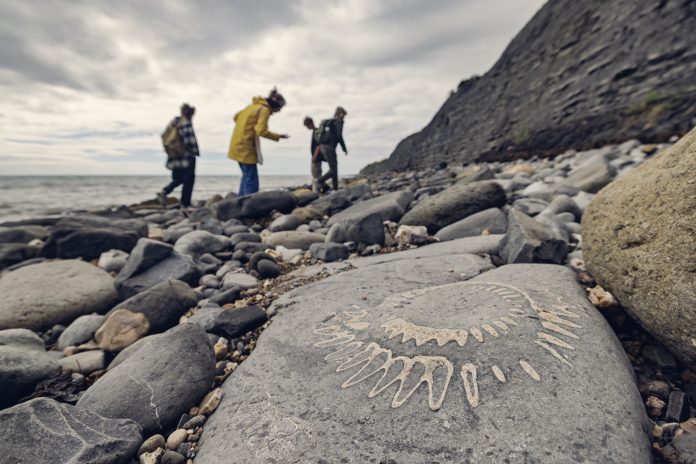Fossil records show what makes certain species more sensitive to extinction due to human-induced climate change
By examining marine invertebrates spanning 485 million years, the team has uncovered insights that could help identify species most at risk from human-induced climate shifts.
Climate change and extinction events
The study, led by Cooper Malanoski and Professor Erin Saupe from the Department of Earth Sciences at Oxford, marks a significant leap forward in understanding the relationship between climate change and extinction events throughout Earth’s history.
Previous research has shown that past climate fluctuations, often triggered by natural variations in greenhouse gas levels from wonders like volcanic activity, have driven countless species to extinction.
Until now, the precise factors determining a species’ resilience or vulnerability to changes have remained unclear.
The link between climate shifts and extinction
Drawing from data containing over 290,000 fossil records containing more than 9,200 genera, the Oxford team assembled a complete set of traits believed to influence extinction risk.
These traits, including previously overlooked factors like preferred temperature ranges, were then analysed alongside climate simulation data to construct a predictive model.
The findings showed that species exposed to more significant climate shifts were found to be more prone to extinction. Particularly alarming was the discovery that species experiencing temperature fluctuations of 7°C or higher across geological stages faced significantly elevated extinction risks.
Animals inhabiting climatic extremes like polar regions were disproportionately vulnerable to extinction. Species limited to small temperature ranges, especially those below 15°C, were at significantly greater risk of perishing.
Protection against extinction and human-induced climate change
The study identified two key factors offering some degree of protection against extinction: geographic range size and body size. Species with larger ranges were less likely to face extinction, while larger-bodied species exhibited greater resilience.
The researchers emphasise that these traits do not act in isolation but exercise a cumulative influence on extinction risk. Species possessing both small geographic ranges and narrow thermal tolerances were found to be particularly imperilled.
Reflecting on the implications of their findings, lead author Professor Erin Saupe remarks, “Our study revealed that geographic range was the strongest predictor of extinction risk for marine invertebrates, but that the magnitude of climate change is also an important predictor of extinction, which has implications for biodiversity today in the face of climate change.”
With human-induced climate change already driving numerous species towards extinction, these findings hold major significance. By pinpointing the species most vulnerable to climate-related threats, the research offers insights to guide conservation efforts.











